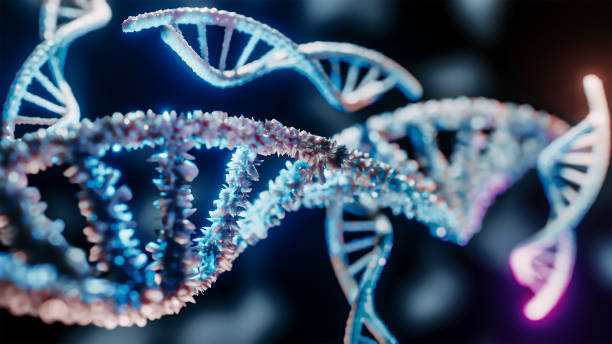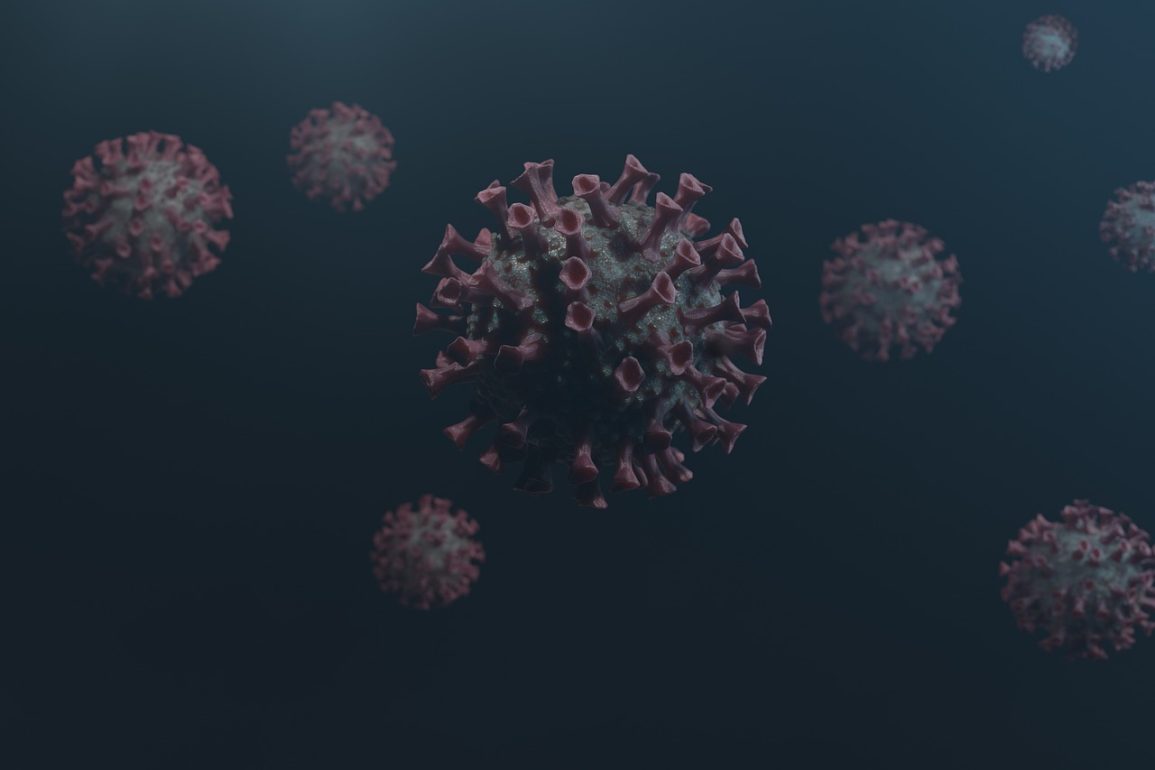As climate change intensifies, innovative strategies to combat its effects are becoming increasingly essential.
Researchers at the University of California, Irvine have unveiled a groundbreaking technique that reveals how certain organic molecules produced by marine bacteria can sequester carbon in the deep ocean, potentially offering a solution to mitigate climate-warming effects.
Brett Walker, an associate professor in Earth System Science and the study’s lead author, emphasized the significance of their findings.
“For the first time, we have measured the presence of these organic molecules in seawater, allowing us to analyze their composition and cycling dynamics,” he stated.
The research team conducted field studies in Baffin Bay, situated between Canada and Greenland.
They focused on a specific class of organic molecules known as carboxyl-rich alicyclic molecules (CRAM) and discovered intriguing patterns in their behavior.

While some molecules were quickly cycled back to the surface, others were preferentially retained in the depths of the ocean.
Walker noted that approximately 25% to 50% of CRAM is consumed by heterotrophic bacteria, which utilize these compounds for energy.
This challenges previous assumptions that CRAM accumulates in the deep ocean.
The research suggests that a significant amount of CRAM originates in the sunlit layers of the ocean and is subsequently transported to the depths, where it plays a crucial role in long-term carbon storage.
The implications of this research are profound. If more CRAM can be retained in the deep ocean, it could help sequester carbon dioxide from the atmosphere for centuries.
Walker’s team aims to explore methods to enhance this natural process, potentially revolutionizing our approach to carbon management in marine environments.
By better understanding CRAM dynamics globally, scientists hope to develop effective strategies to harness oceanic carbon storage, contributing significantly to climate change mitigation efforts.

